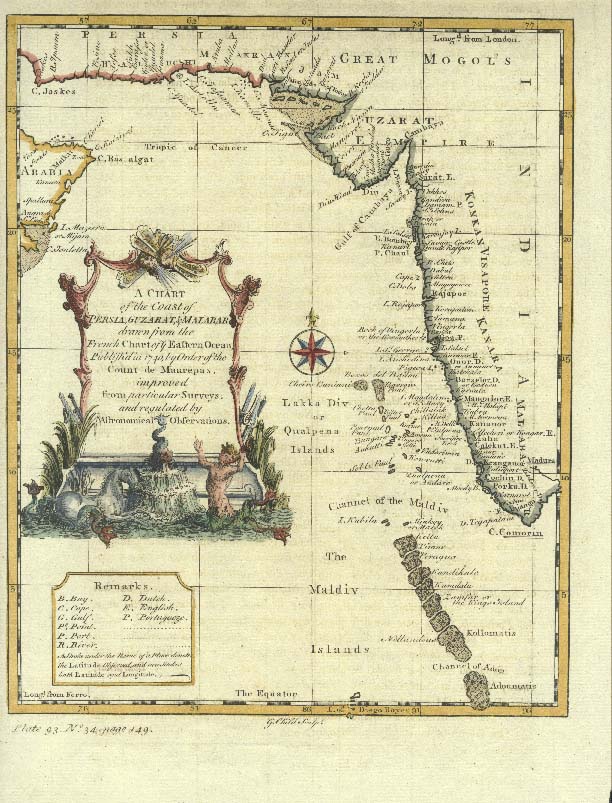Quilon and its trade links with China
Posted by Labels: Chinese trade - Quilon, Chinese trade MalabarThat Quilon was well known to seafarers is not surprising, for it is well situated in the South West of the Indian coast. It was well known not only to Greek and Roman seafarers going back in time before Christ but also to later entrants such as the Arabs, Persians and Chinese into the Indian Ocean. If we dig deep into historic accounts left behind by some of the sailors or visitors, we can come up with a decent silhouette of the entrepot Quilon once was, as well as the preeminent position it held among the trading ports of Malayala, as Kerala was then known. Its name got attached to the Malayalam Calendar Kolla Varsham and for a time was reason enough to associate with a popular proverb in the Malayalam language which meant 'one who has seen Kollam, forgets his house’.



